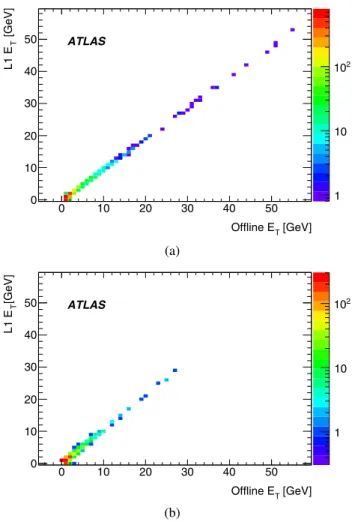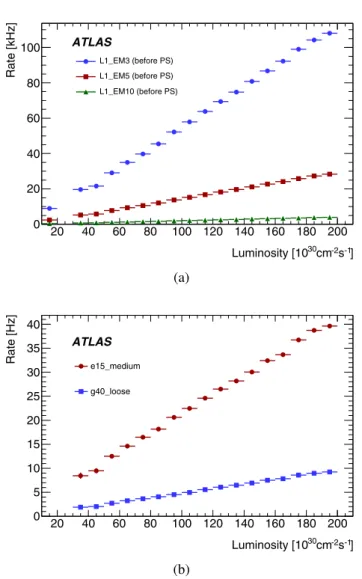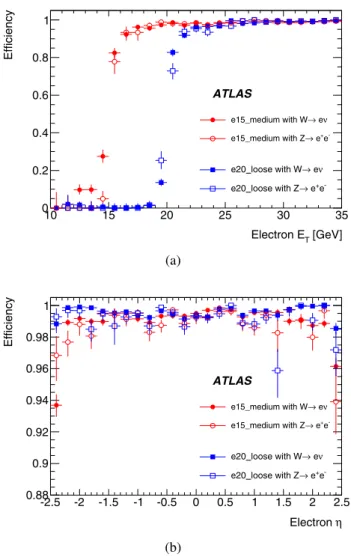Performance of the ATLAS Trigger System in 2010
Texto completo
Figure



Documento similar
Moreover, we have as- sessed the performance of such LR values, and we have com- pared them to the one achieved by the NIST SRE 2010 auto- matic speaker recognition system over the
As mentioned in the previous section, some features have been added in order to improve the performance of the system. The main reason of this addition is that the
• The method allows, from
• Difference: The network is removed from all the ensem- bles where it is present, and the performance of such ensembles with the network removed is measured. The value of
This conception forces the design process on the fundamental problem of the identity of each architecture: what a character/architecture is, what is its role in the whole scene/city
Jets reconstructed in the final trigger level and correspond- ing to offline jets with transverse energy greater than 60 GeV, are reconstructed with a resolution in transverse
where N PbPb Z (N pp Z ) are the yields per MB event measured in PbPb (pp) collisions corrected for acceptance and efficiency, σ pp Z refers to the differential cross sections
What is perhaps most striking from a historical point of view is the university’s lengthy history as an exclusively male community.. The question of gender obviously has a major role





